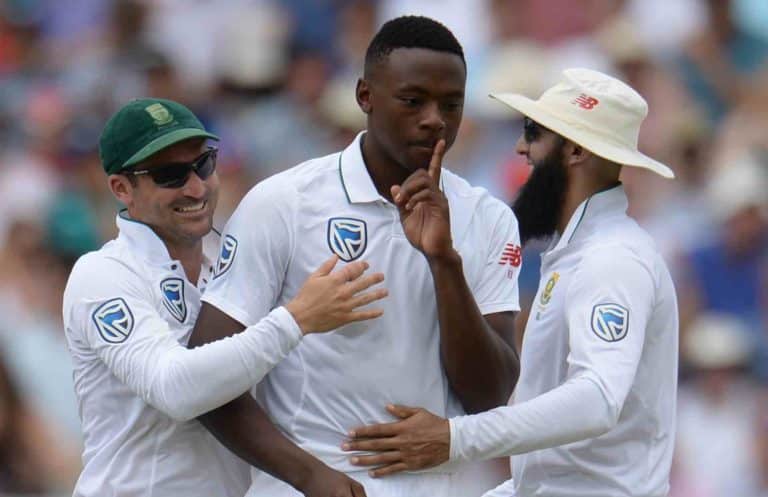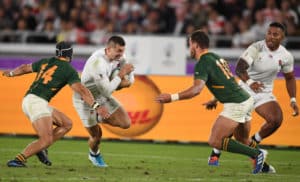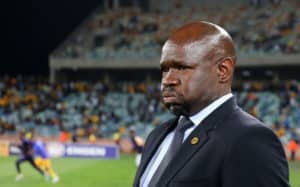The ICC’s ridiculous decision to suspend Kagiso Rabada means the selectors have a difficult decision to make.
Not only have the ICC set an awkward precedent for themselves, but it also screams of double standards.
Remember when Ben Stokes told Temba Bavuma that he was sh** at Newlands last year? Where were the repercussions then? Was it because it wasn’t picked up on the stump mic? Or was it because it didn’t provoke a reaction from Bavuma? One of the reasons Rabada received a demerit point for his sending off of Stokes on day one at Lord’s was because, in ICC’s terms, ‘it could provoke an aggressive reaction from a batsman’.
OF COURSE it’s going to provoke a player like Stokes; someone who thrives off confrontations.
I’m not saying that Rabada wasn’t at fault. Telling someone to f*** off is probably not the right way to go about it. But this is Test cricket. Emotions are heightened. If only the stump mic picked up some of the verbals that are exchanged in an Ashes series. You’d have to pick an entirely new squad just to cover all the suspensions.
Never mind the fact that Rabada should never have been given his first three demerit points for his ‘altercation’ with Niroshan Dickwella earlier in the year. It was a nothing incident, which required very little intervention from the umpire.
What’s done is done, and now we need to look ahead to Trent Bridge without Rabada. Throw in JP Duminy’s continued incompetence with the bat, and the selectors suddenly have some bold decisions to make.
And bold they must be, because Faf du Plessis is returning, so there’s going to be some movement in that middle-order one way or another.
The like-for-like replacement for Rabada is probably Duanne Olivier, and he deserves a go. It will be between him and Chris Morris, who got the nod of ahead of Olivier for the England Lions game in Vernon Philander’s absence. But with Philander’s runs at No 8, there’s less need for Morris.
Was Theunis de Bruyn’s resilient 48 in the first innings enough to keep him in the side? If he does keep his place ahead of Duminy, then there will be seven white players in the side, and that’s an issue in itself.
It would be a bold statement from the selectors. While they can catch up to required transformation target percentages later on in the season, they’ll want to avoid a juggling act at all costs in order to protect the legitimacy of the system.
Trent Bridge is well-known for its pace-friendly conditions. But with the sun-baked English pitches offering more for the spinners than originally thought, then perhaps there’s a case to operate Duminy as the second spinner, and put him down to No 7. England used two spinners effectively, and I thought Duminy was under-bowled.
Not only does it take him away from the pressure of batting at No 4, but it allows Quinton de Kock to move up to No 5 or No 6. A player of De Kock’s calibre simply can’t continue to bat at No 7.
The lineup could then look something like this:
1. Heino Kuhn
2. Dean Elgar
3. Hashim Amla
4. Faf du Plessis
5. Temba Bavuma
6. Quinton de Kock
7. JP Duminy
8. Vernon Philander
9. Keshav Maharaj
10. Duanne Olivier
11. Morne Morkel
Photo: Phillip Brown/Getty Images




